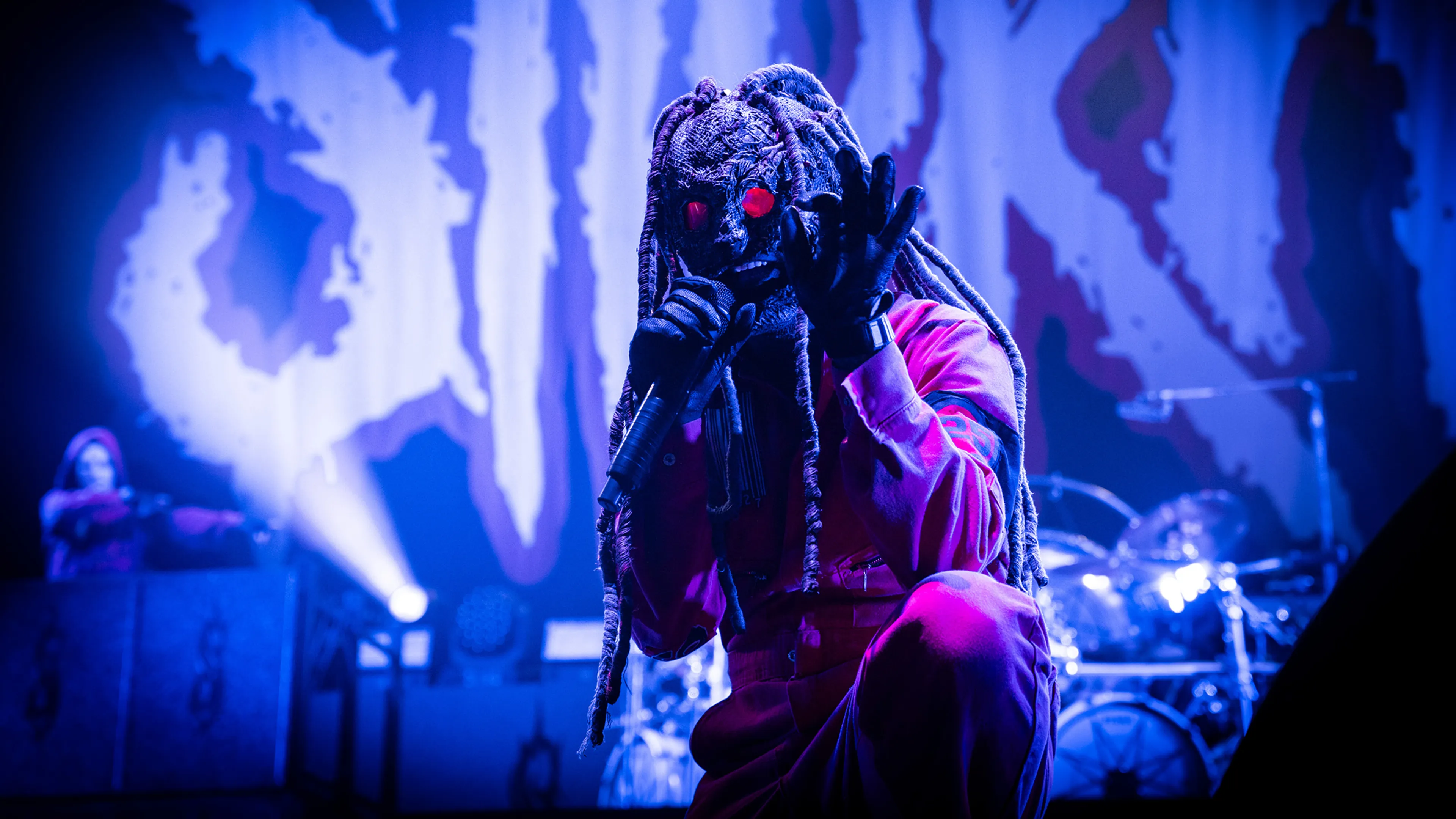Even with primers like RATM and Anthrax, when Korn’s self-titled debut hit in 1994, there wasn’t really anything else like it. There wasn’t really anything like Korn in metal full-stop. With their Adidas tracksuits, dreadlocks and, in Jonathan Davis, “a fucking scarecrow of a singer” (not our words, the words of guitarist James ‘Munky’ Schaffer), even by the scruffy alt.rock and grunge standards of the early ’90s they were not what you expect from a rock band. And then you played their album. That cymbal tap at the start, the weird chords, those monstrous, seven-string riffs, and then Jonathan bellowing ‘Are you ready?!’ – it was all something new. Grunge had been pained, but not as chillingly as this. So too had metal been heavy and sludgy, but not really in this manner (the only notable seven-string user at the time had been, um, Steve Vai). Where some said the shift in the early ’90s had killed metal, what they actually meant was it had moved the goalposts away from the glitz of glam, and toward something more street. Metallica, Pantera and Sepultura had maintained, thanks to their street-level grit. For Korn, it was a perfect jumping off point, and with Blind, they started on a trajectory that would see them become one of the most influential bands of the decade.







